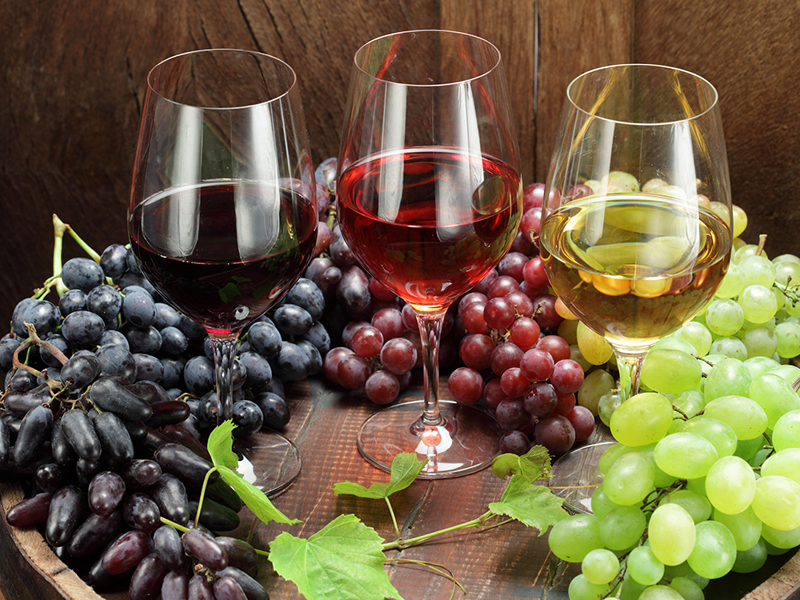Managing mobile equipment fleets across New Zealand’s winemaking industry just got a lot easier thanks to Blenheim-based Forklift Hire Services and smart technology specialist RCT. Continue →
The post DELIVERING FULL-BODIED RESULTS FOR LOCAL WINERIES appeared first on NZ Food Technology News.





